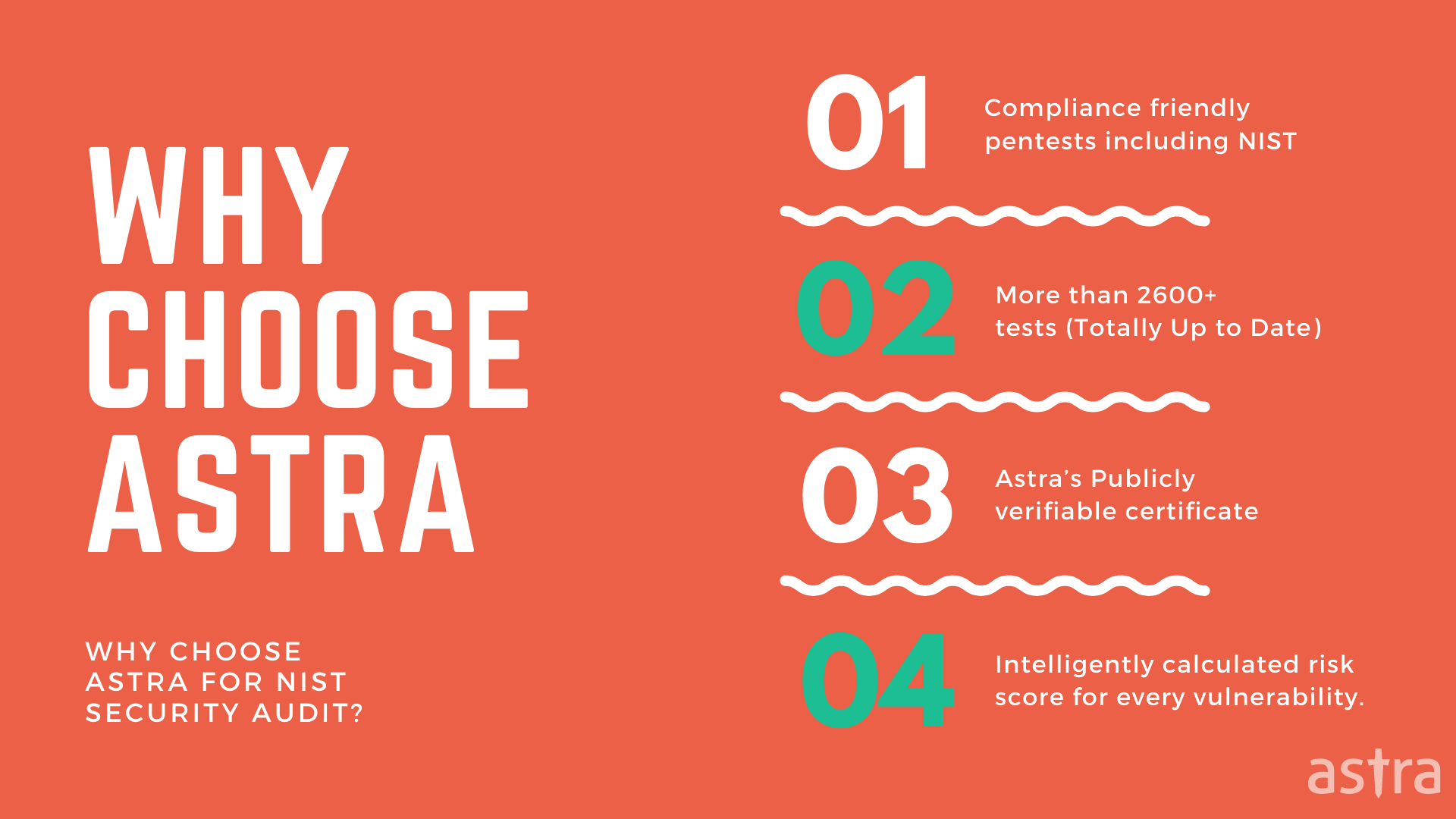Incidents of data breaches and data loss overgrow, and almost every company is at risk. Developers are increasingly concerned with security, but there are still many issues that are hard to control.
When it comes to application security, one of the most common threats is the failure of the application to validate input properly. These vulnerabilities can be a result of ignorance or lack of skill. It is not easy to detect all the security issues in a code, especially when it is not well-written in the first place. That is why Static Application Security Testing (SAST) is the only real way to ensure the security of the application code.
Static Application Security Testing (SAST) has become the new buzzword in the Application Security Testing landscape. The common understanding is that SAST is simply the process of running tools to look for vulnerabilities in applications code. But what many people don’t realize is that it is a much bigger ecosystem than that.
This blog provides a complete guide for SAST and what you can achieve with it. This will help you build an effective strategy for SAST and implement it correctly in your organization.
What is Application Security Testing?
Application security testing (AST) is the process of making applications more resistant to security threats by identifying security weaknesses and vulnerabilities in source code. Application security testing (AST) is an essential part of any software development lifecycle (SDLC).
Application security testing (AST) is complex. There are too many variables and technologies to measure security manually. AST has gained popularity in recent years, as the number of applications used in the enterprise continues to grow. But the key to successful AST is first to understand what it encompasses.
AST is further divided into three different types.
1. Static Application Security Testing (SAST)
Static Application Security Testing (SAST) is a software verification approach that analyzes the software without executing it. It performs dynamic and static analysis on the source code of software products to look for vulnerabilities.
Static Application Security Testing (SAST) is a strategic and cost-effective way for businesses to reduce their risk of attack and increase the security of their software products.
2. Dynamic Application Security Testing (DAST)
DAST is finding security vulnerabilities while the application is in the production phase. It is a type of security testing used to find vulnerabilities in web applications, especially those deployed automatically and not manually by the web developer. It works by testing the application while live in the production environment.
3. Interactive Application Security Testing (IAST)
Unlike traditional application security testing methods that focus on static analysis and scanning, IAST focuses on dynamic and interactive testing and probing the application under test using actual user inputs and actions in a controlled and supervised manner.
Understanding SAST in Depth
Static Application Security Testing (SAST) is a specialized application testing that analyzes an application’s source code without executing it. SAST is also known as code review, source code analysis, or white box testing.
Static code analysis is more affordable and efficient than dynamic code analysis. It’s often used as a method in compliance testing, but it’s also an excellent way to catch coding defects and security issues in source code.
SAST is mainly used to find potential vulnerabilities in an application’s code to prevent or avoid issues such as SQL injection, cross-site scripting, and cross-site request forgery. It is a potent process that can help you identify vulnerabilities before exploiting them by malicious hackers.
Application Security Testing tools can identify security vulnerabilities within an organization’s software applications. This process is applied to applications when the software is not running or not executing any code. If a security vulnerability is identified, it can be fixed before any damage is done.
By fixing these vulnerabilities before they are exploited, any damage done can be identified and prevented. By implementing static application security testing, organizations can benefit from increased security, compliance, and transparency regarding their software applications.
Also Read: 11 Best Penetration Testing Tools/Software of 2022 [Reviewed]
Why is SAST important in SDLC?
Software development life cycle (SDLC) is developing and testing software from concept to production. Software development life cycle is developing and testing software from concept to production.
Static Application Security Testing (SAST) is a form of code review performed on a piece of software that does not require the code to be run to identify potential security vulnerabilities.
Static Application Security Testing is one of the most critical phases of the software development life cycle. It helps in finding various security vulnerabilities at a very early stage. It helps in building a solid foundation for a secure application. It also helps in reducing the application testing time and cost.
Benefits of SAST (Static Application Security Testing)
Let’s take a look at the advantages of static application security testing:
1. Affordable and Efficiency
Static application security testing is affordable and more efficient than dynamic testing. It is simple and helps security testing teams quickly validate their application security testing efforts.
2. Integrated into Early Stages
Static Application Security Testing (SAST) is integrated into the early stages of the Software Development Life Cycle. This means that SAST can be used from the requirements phase and does not require a working application.
3. No Test Cases Required
There is no need to write any test cases to use the static application security testing tool, whereas DAST (Dynamic Application Security Testing) tools require a set of test cases for testing the application.
4. Test Complex Applications
Static application security testing is the best way to expose security flaws in highly complex applications. Static application security testing is fast and can be done by non-developers.
5. Scan Everything with Ease
SAST tools can scan any application, regardless of whether it has been compiled, obfuscated, or minified. However, the tool will scan the source code in its original, raw format.

5 things to check before buying a SAST tool
Static application security testing (SAST) solutions are in high demand today. These solutions help identify, analyze and fix vulnerabilities in application source code. A wide variety of tools is available on the market.
You can find both open-source and commercial products to choose from. However, they are not all equally good and effective. Many of them can be used only for a specific type of application. Before you make a choice, ask the vendor about these three things:
1. What all programming languages can this tool scan?
Many companies use scanners that support only a limited range of programming languages. For example, the C ++ scanner can only scan C ++ code, not Java code. The scanner can only detect vulnerabilities in the code that it can scan. Therefore, it is essential to pay attention to the support of programming languages when choosing a scanner.
2. How to perform scans?
Before purchasing any SAST tool, it’s essential to understand how it works and what it can and cannot do. It’s good to demo the tool before paying your hard-earned money on the SAST tool.
3. What kind of vulnerabilities a SAST tool can detect?
Some vendors claim that the solution can detect vulnerabilities that are impossible to detect. If you need to scan a lot of code and have a lot of money to spend, you will probably buy a solution that can detect all kinds of vulnerabilities. For small companies, however, it is essential to find a solution that can detect 80% of the common vulnerabilities.
Also Read: Top 5 Software Security Testing Tools in 2022 [Reviewed]
4. What level of false positives do you want?
False positives can be a problem in any vulnerability scan. The SAST tool may report something as a vulnerability that is not a vulnerability. A good SAST tool will distinguish between false positives and actual vulnerabilities.
5. How is the solution licensed?
The license is often an essential factor in your decision. Can you run the tool on your servers? Is there an option to rent a SAST solution? A more flexible licensing model will enable you to adjust to the needs of your business in the future.
How can Astra help you with SAST?
Astra, the leading Application Security company, offers an end-to-end solution that allows you to test your application at every stage of SDLC. With Astra, you can automate the application security testing, get security reports, and work on the application defects to fix them before the release.
Our security experts are well-versed in the application security testing process and carry out all the vulnerability testing in line with the best practices. We have a set of security testing tools (along with our proprietary vulnerability scanner) to test the application security and some manual testing that allows us to test the application at every layer.
Astra is trusted by many top MNCs globally and has a proven track record of fixing vulnerabilities in the application and improving the overall security of the application.

Conclusion
Static Application Security Testing (SAST) is one of the most critical parts of a testing strategy. As the name suggests, it involves running an automated, static analysis against an application to identify vulnerabilities. We at Astra provide all the necessary tools and services to conduct a SAST and give you a secure application. Contact us today to get SAST done for your application.
FAQ’s
1. What is Security Testing?
Security Testing is a process of identifying and eliminating the weaknesses in the software that can lead to an attack on the infrastructure system of a company.
2. What is Static Application Security Testing (SAST)?
Static Application Security Testing (SAST) is a software verification approach that analyzes the software without executing it. It performs dynamic and static analysis on the source code of software products to look for vulnerabilities.
3. Can Astra help me with Static Application Security Testing?
Yes, Astra offers an static application security testing. Astra can help you with web application security testing, mobile application security testing, network security testing, blockchain security testing and API testing.
















